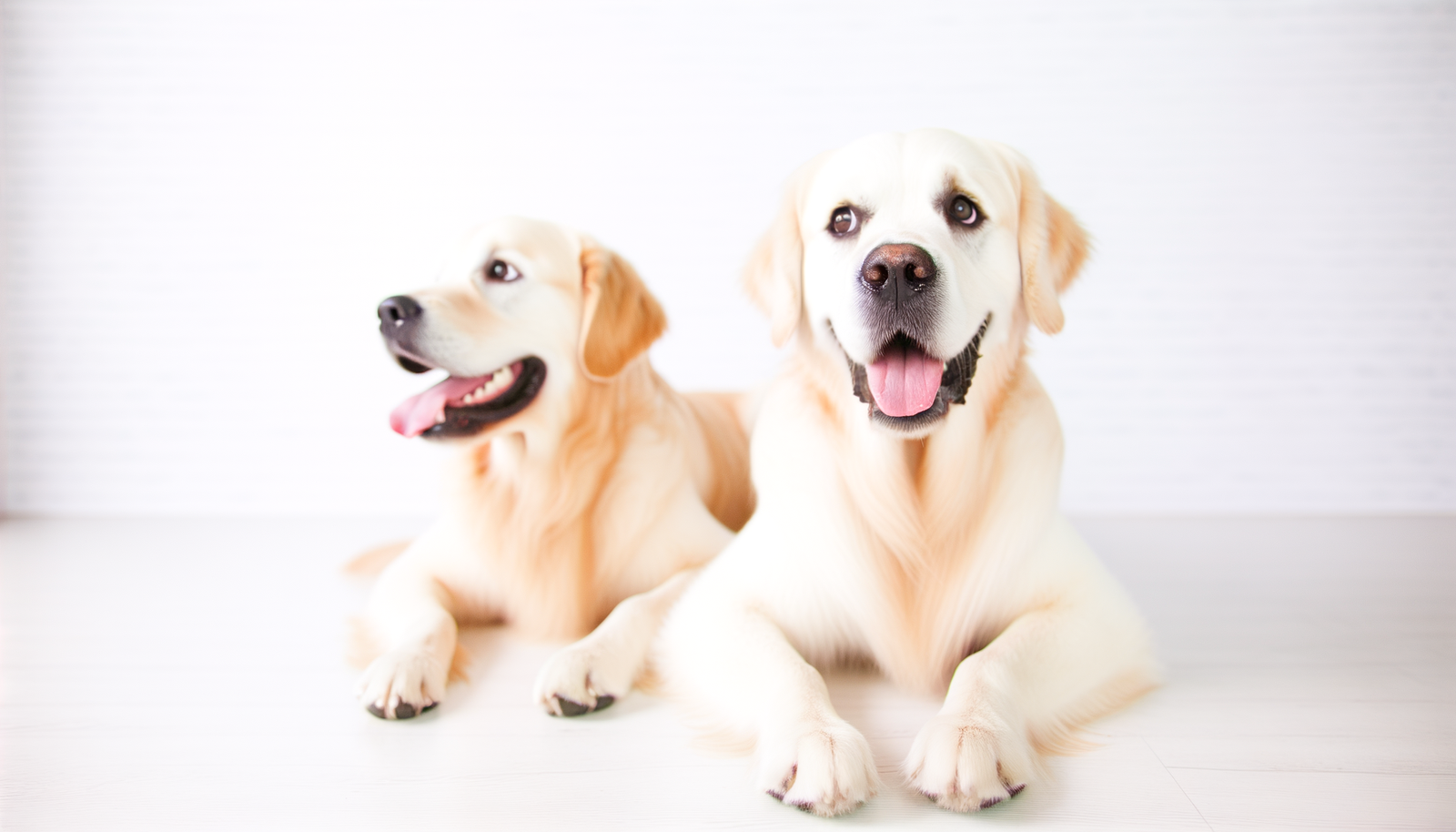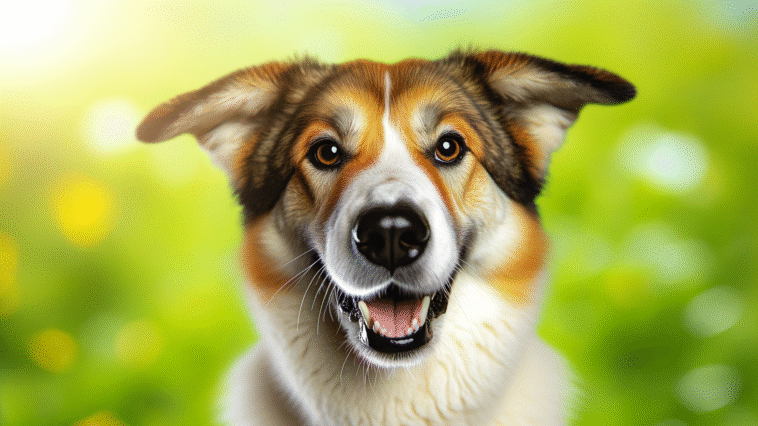Have you ever found yourself in a situation where chaos reigns all around you, and all you want is some peace and quiet? That’s exactly what happened in a viral video that captured the moment when two hyperactive Golden Retrievers turned a play session into a wild wrestling match, leaving their hapless housemate on the sidelines, yearning to escape the fur-flying frenzy. As a seasoned dog trainer and passionate pooch parent, I’ve encountered similar scenarios, and I’m here to share some insightful tips on how to manage high-energy play sessions and ensure all dogs involved have a paw-sitive experience.
In the video that took the internet by storm, the two Golden Retrievers were in full play mode, rolling, tumbling, and bouncing around with unbridled enthusiasm. Meanwhile, their non-Golden companion stood by the door, looking through the glass with an expression that spoke volumes. It was clear that the rough-and-tumble play wasn’t his cup of tea. As a dog owner, it’s essential to recognize and respect each dog’s unique preferences and comfort levels during playtime.
Here are some actionable tips based on my experience to help you navigate similar situations involving high-energy dogs:
1. **Know Your Dog’s Play Style**: Just like people, dogs have different play styles and energy levels. Some pups love rough play and wrestling, while others prefer gentler interactions or chasing games. Observing your dog’s behavior during playtime can give you valuable insights into what they enjoy and what makes them uncomfortable. If you notice signs of stress or disinterest, it’s essential to intervene and redirect the play in a positive direction.
2. **Provide Adequate Supervision**: When multiple dogs are engaged in play, especially if they have different play styles or energy levels, close supervision is crucial. Keeping an eye on their interactions allows you to step in if play escalates into rough behavior or if one dog seems overwhelmed. By being present and actively involved in their play sessions, you can ensure a safe and enjoyable environment for all furry participants.
3. **Create Separate Play Areas**: If you have a mix of dogs with varying play preferences, consider creating separate play areas to accommodate their individual needs. This could involve setting up designated play spaces in your yard or using baby gates indoors to create distinct zones for different play styles. By providing separate areas for energetic roughhousing and quieter play, you can cater to each dog’s preferences while minimizing potential conflicts.
In my journey as a dog trainer, I’ve encountered countless heartwarming moments where dogs of diverse personalities come together to engage in playful activities. Understanding and respecting each dog’s unique characteristics, preferences, and comfort levels is key to fostering harmonious play sessions that bring joy to all involved.
What about you? Have you ever witnessed your dogs engaging in play that didn’t quite match their preferences? How did you handle the situation to ensure all dogs had a tail-wagging good time? Share your experiences and insights in the comments below!




